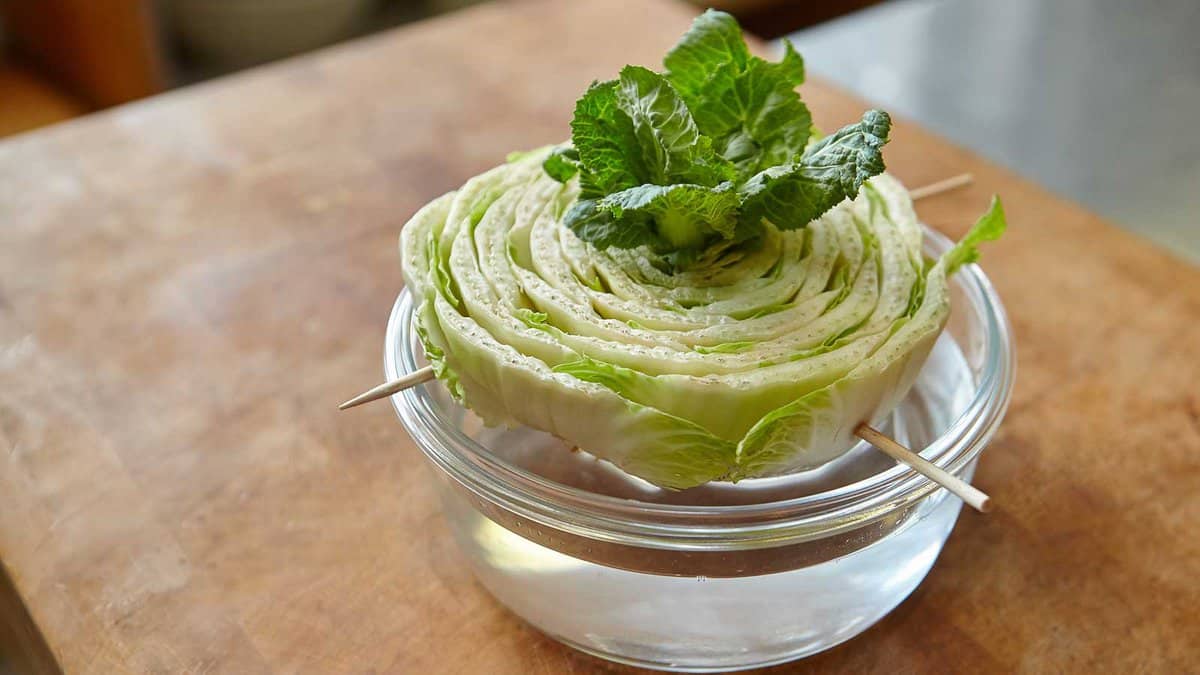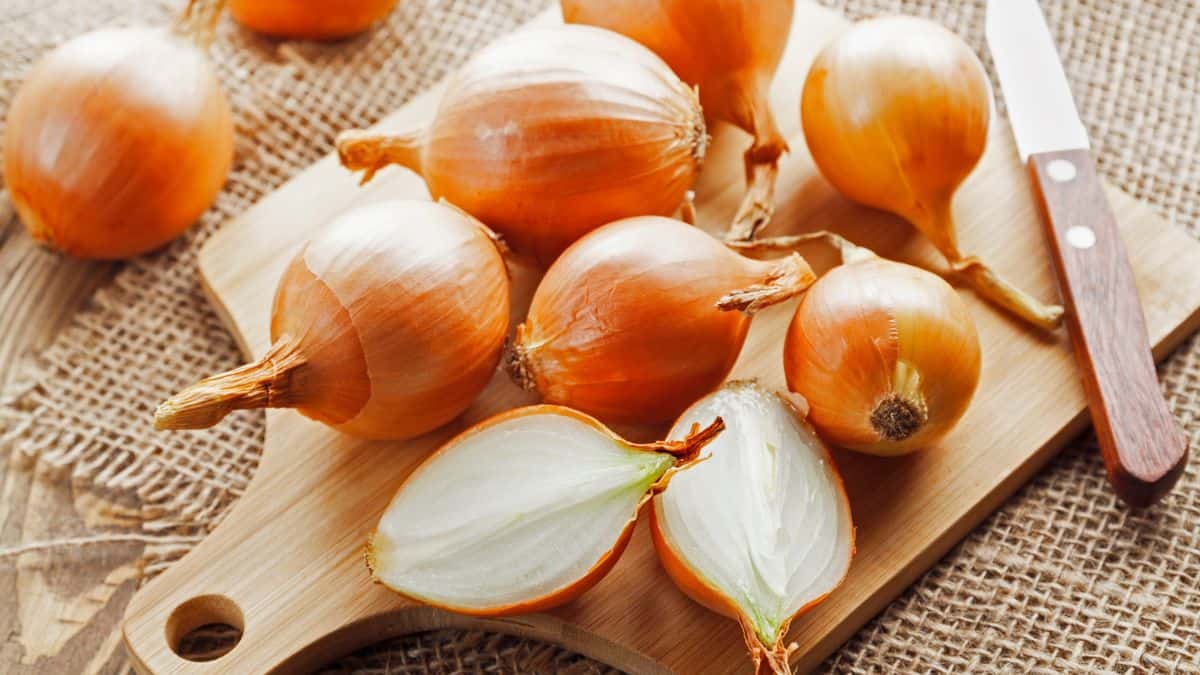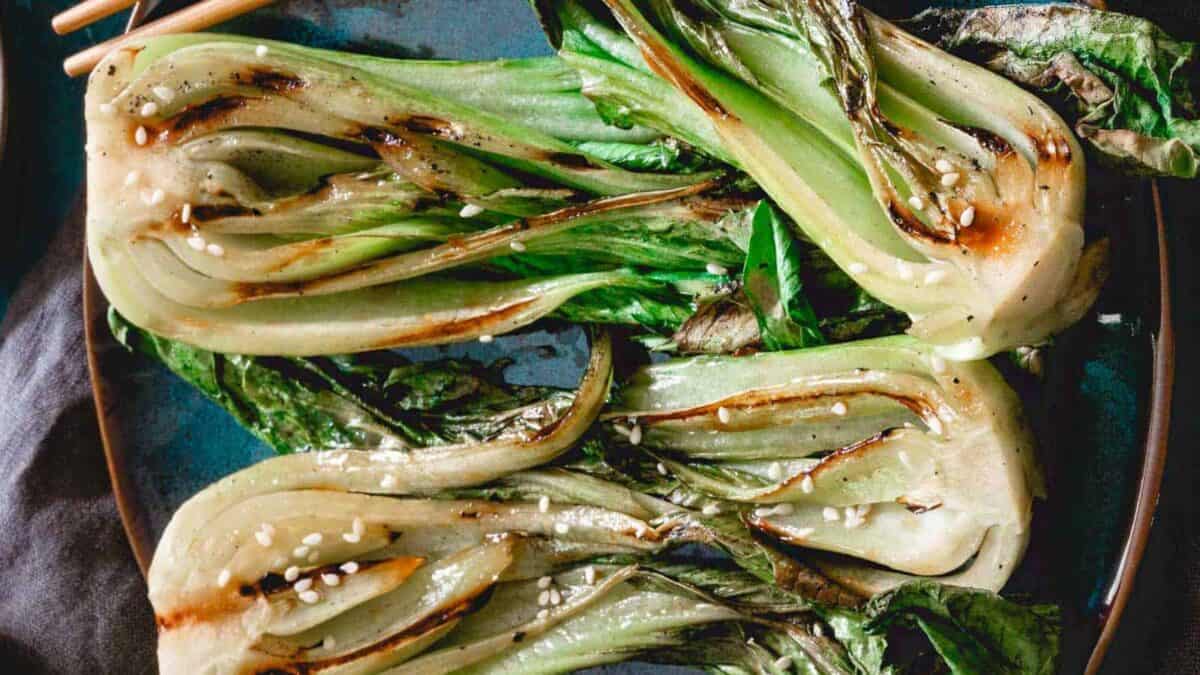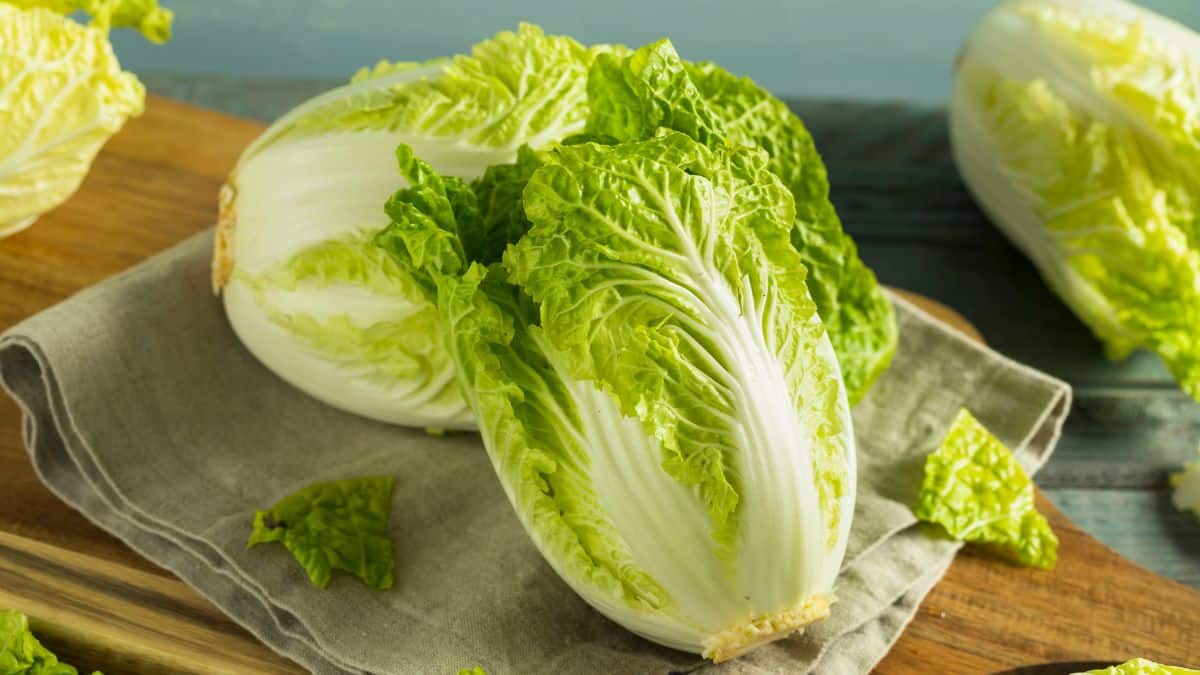Who needs a green thumb when your groceries can basically grow themselves? That’s right—there are plenty of foods that don’t just end up in the trash after one use. With a little water and some patience, you can have fresh produce popping up again and again, no fancy garden required. These foods practically regrow themselves, and you don’t need to be a plant whisperer to make it happen.

Leeks

Similar to green onions, submerge the base in water. Leeks will regrow from the white base, eager to give you more of their mild, oniony flavor with minimal effort.
Green Onions

Just place the white roots in a glass of water, making sure not to submerge the entire plant. Green onions are champions of regeneration, sprouting new shoots in just a few days because they retain their growth point even after cutting.
Garlic

Plant a single clove root-down in potting soil. Garlic is determined to grow, with the clove acting as a starter kit for a new shoot, often even when left on the counter!
Romaine Lettuce

Leave the bottom of the lettuce in a bowl of water. It’s a lazy plant’s dream! New leaves start sprouting from the center in about a week, as if it’s on a mission to become a salad again.
Celery

Cut off the base and place it in a shallow bowl of water. Celery bases turn into overachievers in water, sprouting new leaves from the center in no time.
Fennel

Just like celery, bulb fennel can be given a second life with a simple trick. Start by placing the base of the bulb—with the root system intact—in a shallow dish of water. Make sure to keep about an inch of the base to preserve the roots. Keep an eye out for green shoots sprouting from the center; this is your cue to move the fennel from water to soil. Replant it and watch as it regrows into a full, fresh bulb.
Onions

Onions can be grown by planting the bottom end with roots in soil. They are the comeback kids of the vegetable world, ready to sprout new greens and eventually, a new bulb.
Bok Choy

Just like celery, place its base in water and watch it spring back to life. Bok Choy is practically a phoenix, rising from its scraps to give you more crispy goodness.
Napa Cabbage

The base of Napa cabbage will regrow in water, similar to its leafy cousins. It’s like it refuses to give up, slowly sprouting new leaves to prove its resilience.
Carrot Greens

Plant the top of a carrot in soil. While you won’t get a new carrot, the greens will flourish, perfect for garnishing or adding to salads for a zesty flavor.
Lemongrass

Place the root end in water and it will begin to sprout new stalks. Lemongrass is like that friend who always bounces back, ready to infuse your cooking with its lemony essence.
Potatoes

Cut chunks of potatoes making sure each has 1-2 eyes. Planted in soil, they feel compelled to keep the lineage going, sprouting new plants from their eyes.
Herbs Like Basil

You can easily regrow a variety of herbs from just small cuttings or scraps. Take a stem about 4 inches long and submerge it in a glass of water, ensuring no leaves touch the water. Roots will start to appear in no time. Once these roots look strong and healthy, the herb is ready to be moved. Plant your rooted cuttings in a pot or directly in your garden and watch them flourish into lush, aromatic herbs.
6 Vegetables Perfect For Raised Bed Gardens And 3 To Avoid

Jumping into raised bed gardening opens up a whole new world of growing potential, from boosting your soil’s nutrient profile to getting more green in less ground. The beauty of raised beds isn’t just in their efficient drainage or how they keep your soil from getting squashed underfoot; it’s also about making every square inch count. With space at a premium for most of us, picking the right veggies for these elevated patches is key.
This list will guide you through choosing the best plants for your raised beds, ensuring your garden thrives. While not every veggie is cut out for life above ground level, there are some that truly shine in compact spaces.
Read it Here: 6 Vegetables Perfect For Raised Bed Gardens And 3 To Avoid
13 Ways To Keep Rabbits From Destroying Your Garden

Ever caught a rabbit munching on your prized veggies? It’s cute until it’s your garden they’re feasting on. We’ve got the lowdown on keeping those furry critters at bay. From time-tested tricks to plant preferences that rabbits just can’t resist, here’s everything you need to safeguard your garden and keep those carrots for yourself.
Read it Here: 13 Ways To Keep Rabbits From Destroying Your Garden
Select images provided by Depositphotos.
Gina Matsoukas is an AP syndicated writer. She is the founder, photographer and recipe developer of Running to the Kitchen — a food website focused on providing healthy, wholesome recipes using fresh and seasonal ingredients. Her work has been featured in numerous media outlets both digital and print, including MSN, Huffington post, Buzzfeed, Women’s Health and Food Network.








